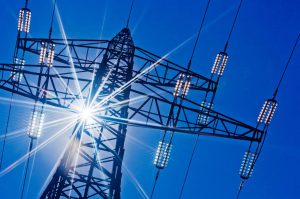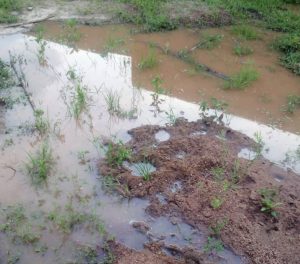USE OF FIRE EXTINGUISHER : The population helpless in the face of the fire

The company « Protection Sécurité Alarme », defines the extinguisher as a fire-fighting device capable of projecting or spreading an appropriate substance called « an extinguishing agent » in order to extinguish the beginning of a fire. There are two main groups which are: extinguishers exclusively intended for firefighters and those reserved for the general public. Unfortunately, the use of this device is not at all known to citizens.
Sad reality. Few fellow citizens know how to use this front-line tool. This is the extinguisher used to fight the fire. However, « general public » fire extinguishers are generally installed on the wall in businesses. They exist in three models, namely: the portable extinguisher, very handy to act quickly on the start of a fire and weighs 15 kg; the mobile fire extinguisher, very bulky (often 50 kg or more), mounted on wheels to facilitate its movement; and the automatic fire extinguisher, which, as its name suggests, is automatically triggered if a certain temperature is exceeded. It allows the fire to be brought under control from the very first moment.
In a micro-sidewalk carried out in the city of Parakou, the observation is bitter. « I know what it is, I’m used to seeing them in companies, most often installed against the wall, but I don’t know what role it plays exactly, or how they are used. »; “Extinguisher? What do we call that? I have no idea what it is. “say Ezeckiel and Chérifatou.
For fire control by extinguishers, they contain substances called « extinguishing agents » which, in their direct contact with the fire, make it possible to attenuate the density of the fire, as indicated by the clarification given by « Protection Sécurité Alarm ». These include water, carbon dioxide (CO²), powder and foam.
According to information from the « Protection Sécurité Alarme » site, fire extinguishers containing more additive water are used to extinguish so-called « dry » or « braising » fires, which are fires involving solid materials that form embers, such as wood, fabric, paper, …; and « fat » fires which are fires produced by liquids or liquefiable solids such as hydrocarbons (gasoline, fuel oil, petroleum), alcohol, solvents, tar, varnish, paint, etc. Powder extinguishers are used to control “gaseous” fires (gases such as butane, propane, natural gas, methane, acetylene, etc.). Fires caused by electrical equipment are controlled by CO² extinguishers.
By Mansouratou Adénin DJIBBRIL








